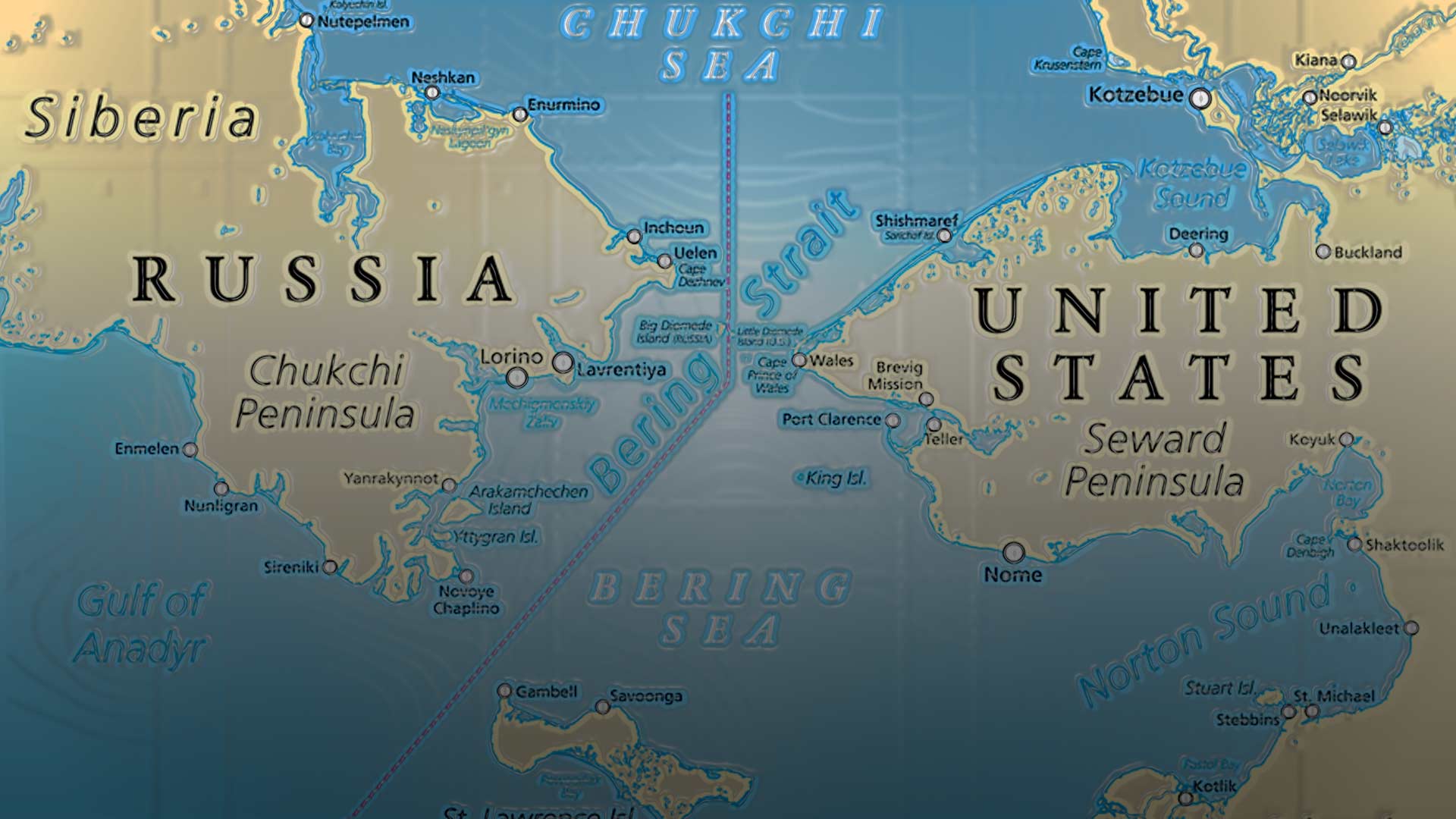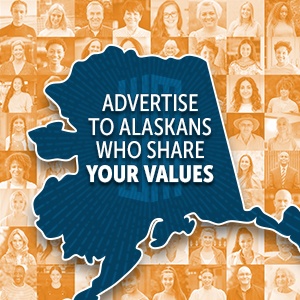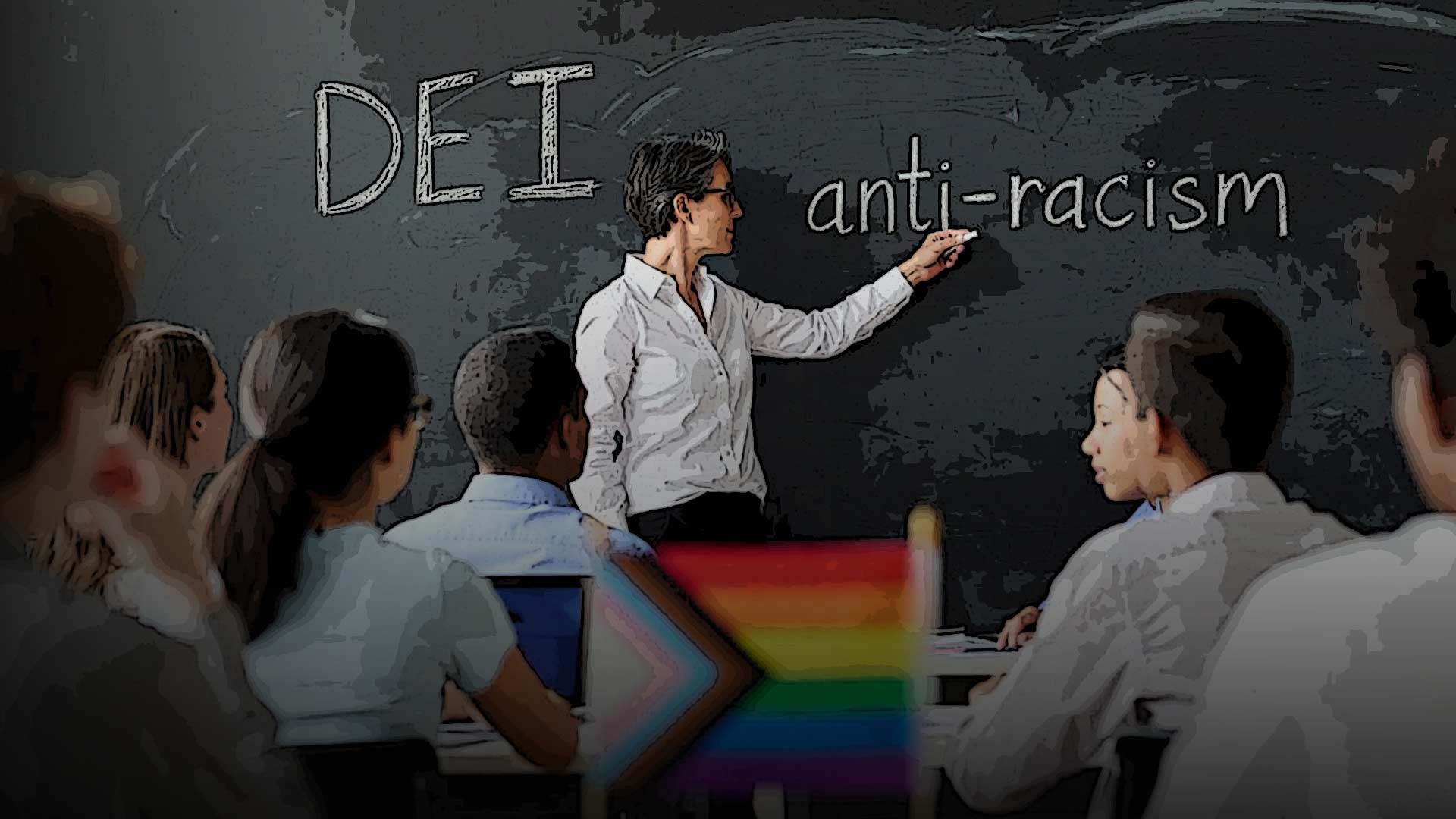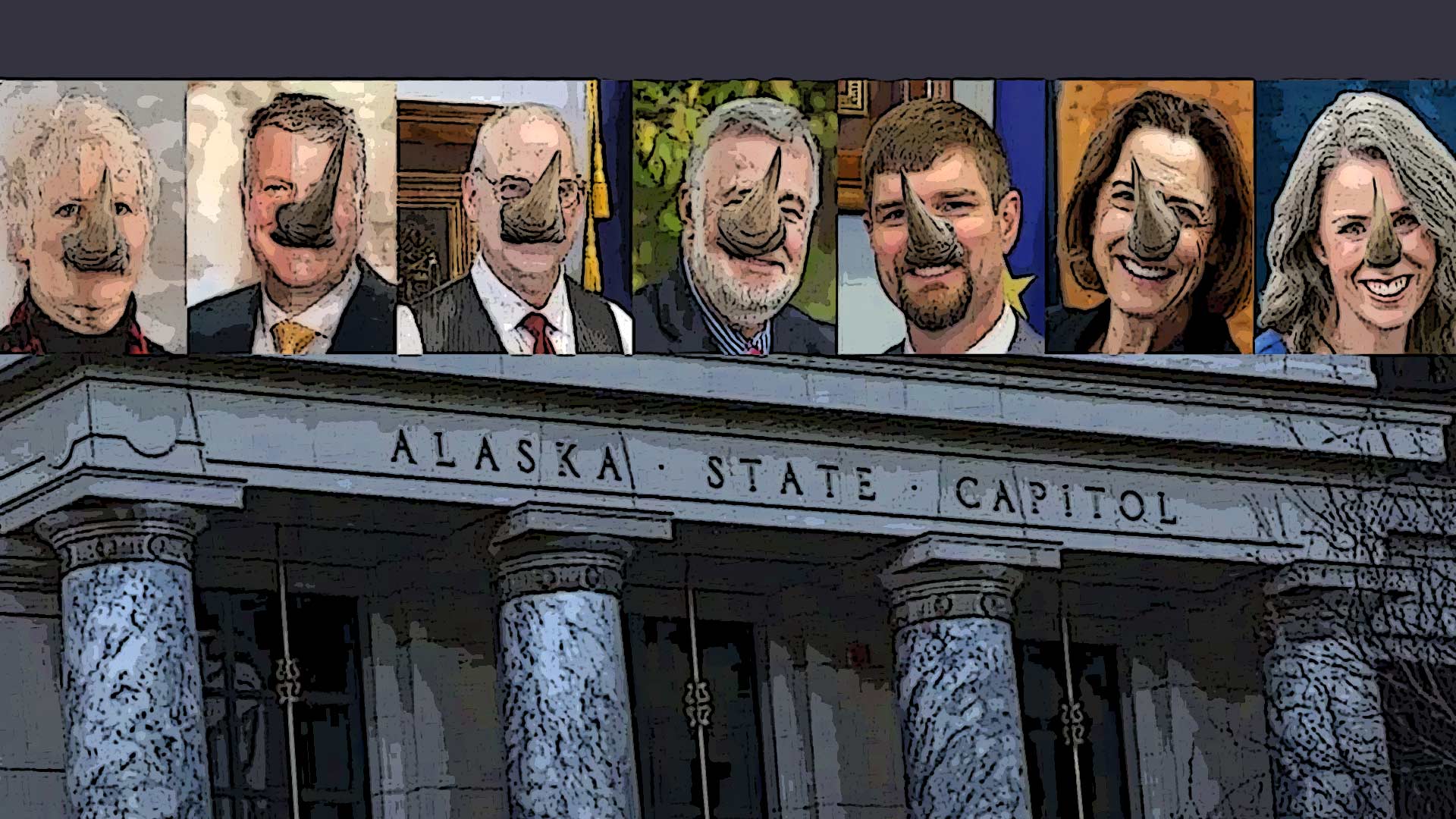
From the mid-1980s, under the ruling of the U.S.S.R.’s Chairman of the Communist Party Mikhail Gorbachev, the world faced a new chapter of the international dynamic, namely: the introduction of Glasnost (social openness) and Perestroika (economic restructuring from the planned and command economy to a free market economy) in the former Soviet Union. These progressive socio-economic changes in the former Soviet Union had a fundamental effect on how Soviets viewed the West and, subsequently, vice versa.

In the mid/late-1980s, an international popularity of Mikhail Gorbachev was greater than “rock stars” worldwide; various peace-seeking organizations and social activists were excited about new socio-economic prospects with the Soviets and by early 1990s my academic courses (i.e., Soviet Ethnography and Culture, Soviet Character in the Soviet Literature, How Soviets View the World) became obsolete and somewhat inadequate, except for the Russian History and Russian Language courses. In fact, for the most part, Russian experts and Sovietologists in the West found themselves antiquated; the sudden social activists and amateur historians claimed to be the new voices in Soviet affairs and history.
During the Cold War (1946 to 1991), Alaska was the only State in the U.S. that restricted travel for the Soviet citizens, apart from limited scientific or academic exchanges or the official visits of the Soviet governmental representatives under auspices of the International Research Exchange Board (IREX) or the U.S. State Department. Reciprocally, Siberia and some security-sensitive locations in the Russian Far East were also out of reach for the U.S. citizens.
Nevertheless, in April of 1986, Genady Gerasimov became one of the first post-World War II Soviet officials to visit Alaska. Gerasimov was a career journalist and editor of Moscow News, one of the largest newspapers in the former Soviet Union, which was published in dozens of languages and distributed worldwide accordingly. Like all editors of the major newspapers in the former Soviet Union, Gerasimov was closely associated with Politburo (the principal policy-making committee) and the high-ranking officials of the Soviet Union Communist Party.
Sitka was Genady Gerasimov’s first stop in Alaska. I was then employed as an archaeologist by the Tongass National Forest Service and as an Adjunct Assistant Professor of Russian Studies at the Islands Community College in Sitka (today University of Alaska Southeast). Sitka city officials held a modest reception in honor of Gerasimov’s visit to Claudette Bechovec’s residence. Claudette Bechovec was a long-time resident of Sitka; she was married to Mr. Bechovec – a resistance fighter against Nazi Germany in Yugoslavia during WWII.
ALASKA WATCHMAN DIRECT TO YOUR INBOX
At one point during a rather unassuming reception, Gerasimov approached me, “Sasha, please would you ask the organizers to accommodate me in the hotel. I don’t want to cause any inconveniences to gracious hosts.” I quickly conveyed Gerasimov’s concerns to a seemingly reception organizer. “Oh, no,” he responded. “Bechovecs are members of the Communist Party, and they have a gun. He will be safe with Bechovecs and comfortable on this sofa,” he continued, pointing to the saggy sofa in the corner of the living room. So, I cautiously explained to Gerasimov that his request couldn’t be accommodated on such short notice.
The next day, Gerasimov pursued his travel to Juneau for meetings with the State officials and several enthusiastic activists who were preliminary engaged in the negotiation for cultural exchanges with the Soviet counterparts. Incidentally, Gerasimov’s visit to Alaska coincided with the tragic Chernobyl Nuclear Power Plant accident on April 26, 1986. As a result, Gerasimov abruptly returned to his home country.
Soon after Gerasimov’s visit to Alaska, he was appointed to the position of Foreign Affairs Spokesman for Mikhail Gorbachev. In the late 1980s, Genady Gerasimov visited Alaska several times; he was fond of Alaskans and instrumental in fostering Alaska-Russian relations.
Genady Gerasimov’s diplomatic visits to Alaska in the 1980s were the beginning of people-to-people Alaska-Russian relations; later followed by extensive development in various social, cultural and economic spheres between two regions. Alaska-Russian communication was interrupted by the Russian annexation of the Crimean Peninsula in 2014. Historically, however, Alaska has always experienced boom-and-bust socio-economic developments, much like boom-and-bust Alaska-Russian relations.
The views expressed here are those of the author.







